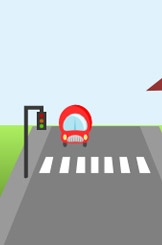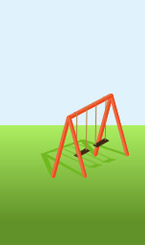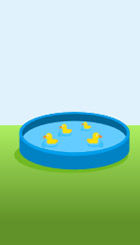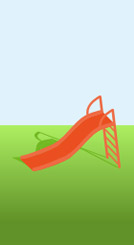In-Home Safety
At home is where most children are injured?
With the Corona Virus keeping our children at home full time, safety around the home is even more critical than usual - with trying to keep the children active and engaged.
How to keep your little ones ‘Kidsafe’ at home
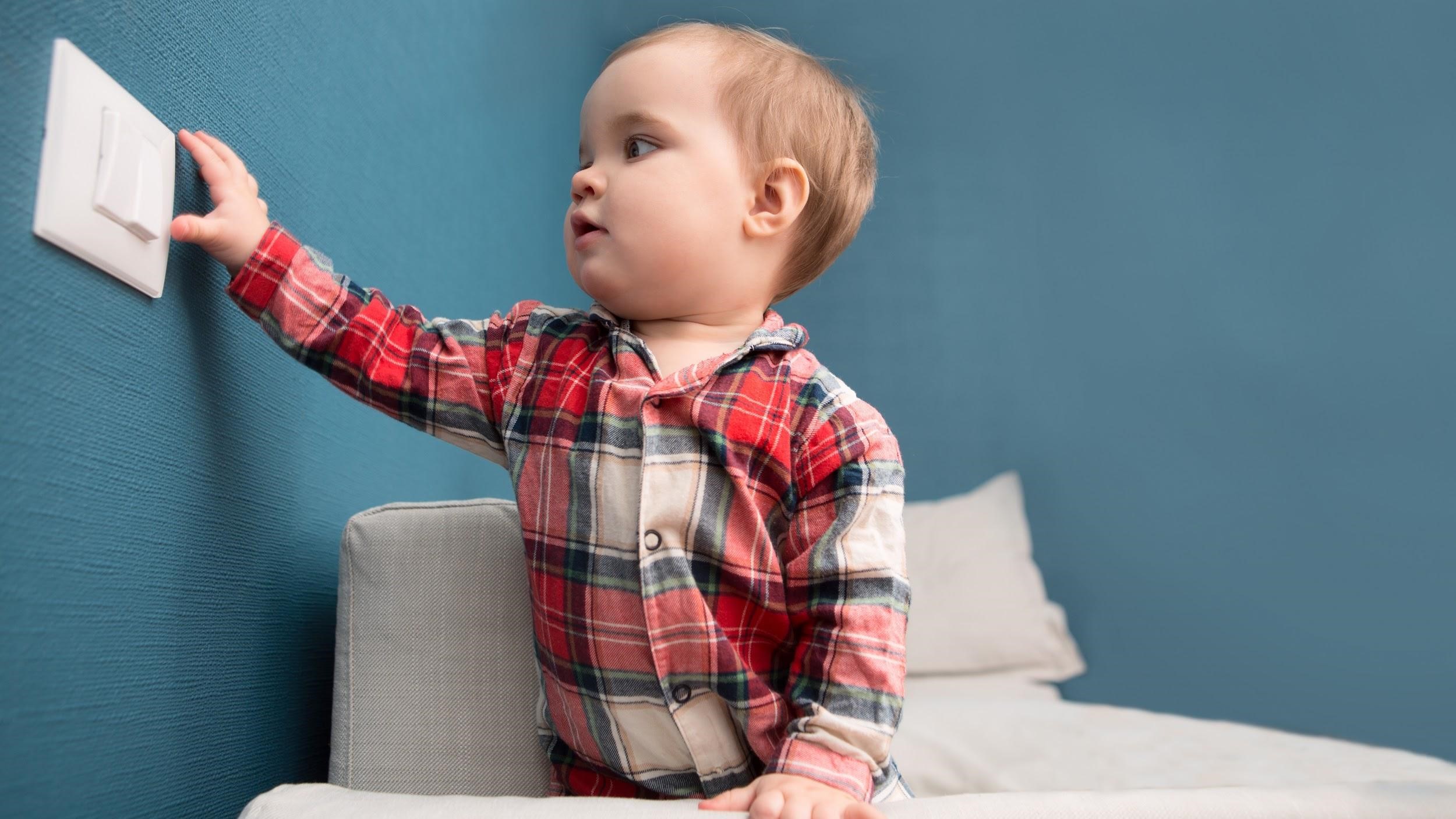
If you were asked to name the place where the majority of childhood injuries occur, what would your response be? You might have thought about the busy road in your neighbourhood where lots of cars pass through every day, the beach that you visit during the summer holidays that has a strong rip, or the local park where your ever fearless child tests out the limits of how high they can climb. What about your home?
Preventable injuries are the leading cause of death for Australian children aged 1-14 years and one of the leading causes of hospitalisation. Every week across the country, 3 children are killed and a further 68,000 are admitted to hospital for treatment due to preventable injuries - the kind often referred to as accidents. The home is the most common location where these injuries occur, and it is our youngest children aged under 5 who are most at risk.
Our homes are places that we feel safe and secure, however, like many environments in our world, they are often built and designed with adults in mind. This means there can be a range of potential injury hazards for children. Homes are an environment where children will spend the majority of their early years learning, developing, growing and playing; therefore, it is essential that we make them as safe as possible.
With the current COVID-19 situation, families will be spending more and more time at home as we all practice social distancing. Many families will also find themselves in a juggling act of working from home arrangements combined with the extra stress and responsibility of supervising and entertaining the kids, particularly during the school holidays. This means that now is the perfect time to think about what you can do to make your home ‘Kidsafe’.
So how do you make your home ‘Kidsafe’?
The good news is that there are some simple actions you can take to make your home a safer place for children. There are three main steps that Kidsafe recommends you follow:
â— Spot the hazards
It might sound a bit strange, however we recommend that if safe to do so, to get down on your hands and knees and look at your house from your child’s perspective.
You can download and print our booklet ‘Parents Guide to Kidsafe Homes’ which helps guide parents and carers through the common injuries that occur in homes.
â— Decide how to deal with the hazard
Depending on the hazard, this may involve removing the hazard or installing barriers to restrict children’s access to the hazard. It’s important that safety devices are never relied upon on their own to keep children safe and are always combined with appropriate supervision.
â— Make the changes
Act immediately - children are not protected until the changes have been made.
What are some of the hazards I should look out for?
Our ‘Parents Guide to Kidsafe Homes’
booklet contains a Home Safety Checklist which provides a comprehensive list of hazards inside and outside the home for you to check for - some of the hazards you may not have thought about before include:
â— Items like button batteries and powerful magnets - both of which can cause severe injuries and even death if ingested
â— Loose curtain and blind cords which can pose a strangulation hazard
â— Unsecured televisions or furniture such as drawers and bookshelves, which could tip on to a child
â— Medications, including over the counter medications such as paracetamol, household cleaners and disinfectants, all which can pose a poisoning hazard
â— Buckets filled with water, eskys with melted ice and even pet drinking bowls – toddlers can drown in as little as a few cm of water, which means that all of these common household items can pose a drowning hazard, along with larger bodies of water such as baths, pools and spas
During the school holidays, you can also turn this into a fun family activity by involving older children in undertaking the safety checklist with you. This helps them become aware of hazards to take note of and actions we can take to help keep us safe.
For more information and advice on home safety, please visit https://kidsafe.com.au/home-safety/ .
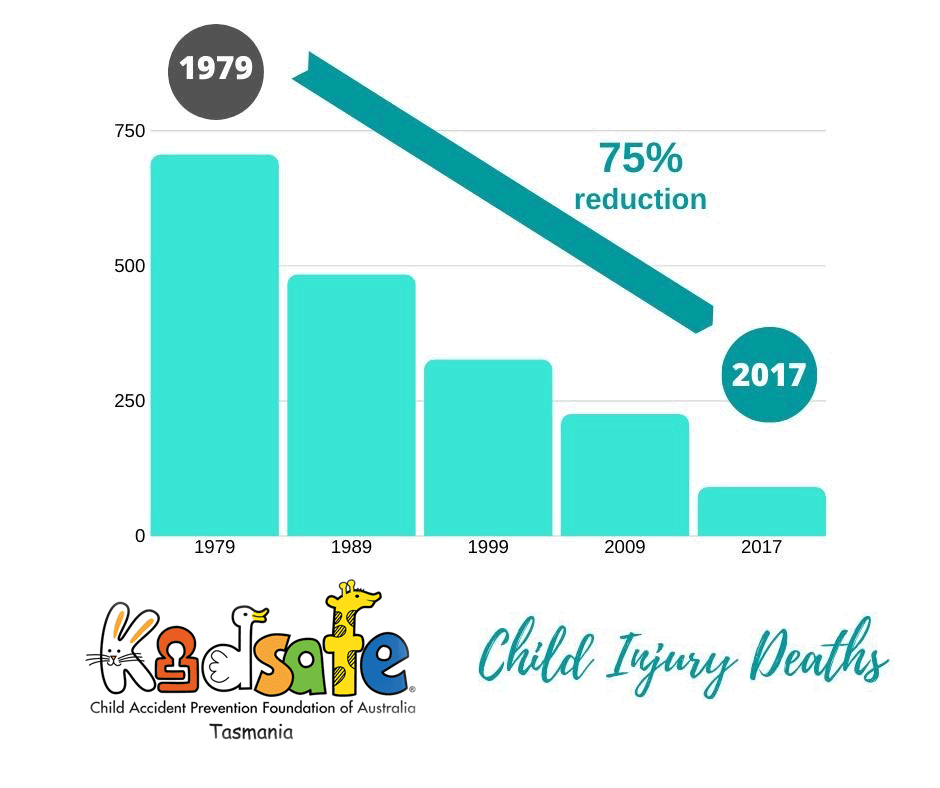
The graph shows that significant progress has been made over the last 40 years in Australia, but still every day, 5000 children require medical attention, around 180 children are admitted to hospitals in Australia as a result of injury. Some of these children will suffer permanent scarring or disability as a result of their injury. Tragically, around four children per week will die as a result of injury.
Preventing childhood injuries does not mean "wrapping children in cotton wool" but it does involve child protection through supervision, and creating and maintaining safer environments in which children can learn, grow and develop safety conscious behaviours. Minor bumps, bruises and grazes will always occur, but things can be done to prevent serious injury and injury related deaths to children.
Protect your child's safety - follow our child safety guidelines, make sure you have an up-do-date first aid kit on hand and consider doing a kids first aid course.
Standards Update (July 2018)
The Kidsafe Tasmania provides information about play and children’s safety on Australian Standards including:
· AS 5159 Trampoline Park Facilities - The draft Australian Standard will go to a third round of public comment. Individuals and organisations can submit comments on the draft Standard during the advertised public comment period. Click here for comment dates and more information. The Committee aims to have this Australian Standard published late 2018.
· AS 3533 Amusement rides and devices Part 4.2: Specific requirements land-borne inflatable devices - The Committee aims to publish this Australian Standard by September 2018. The public comment period has closed. ·
AS 4722 Passenger ropeways and passenger conveyors - The Committee aims to publish this Australian Standard by September 2018. The public comment period has closed.
Subscribe to the Standards Australia e-news or bulletin for announcements on the status of draft documents and the timeframes for public comment and Standard publications. For more information visit the Standards Australia website http://www.standards.org.au/.


